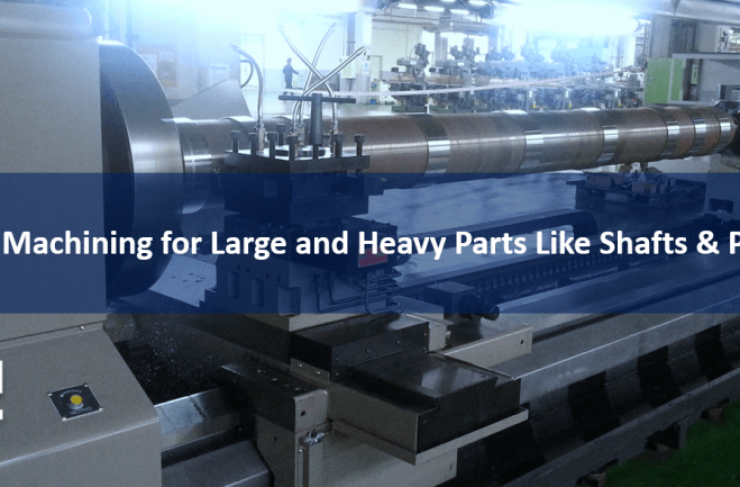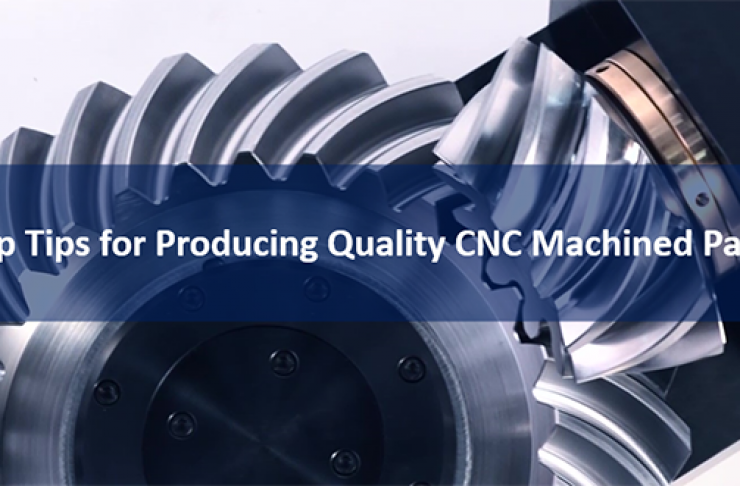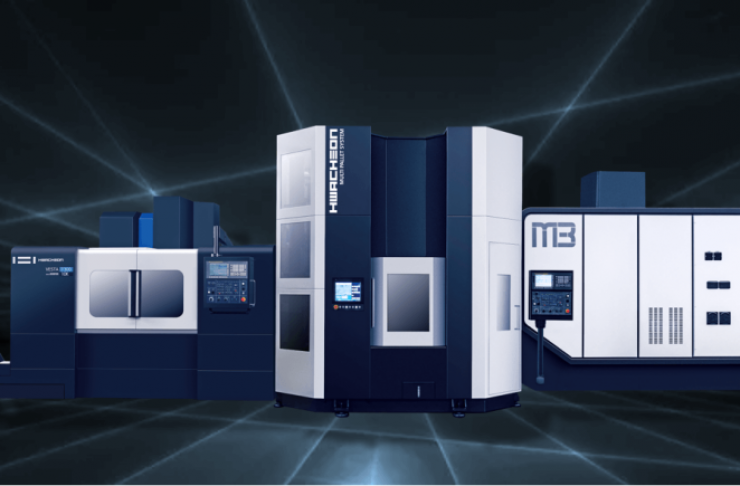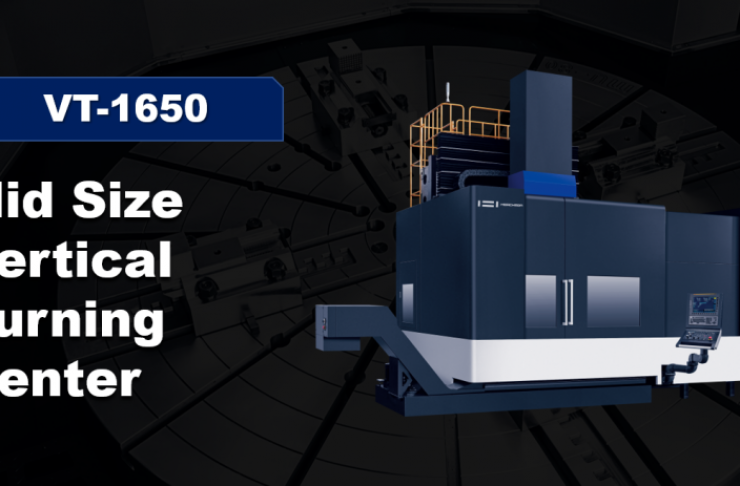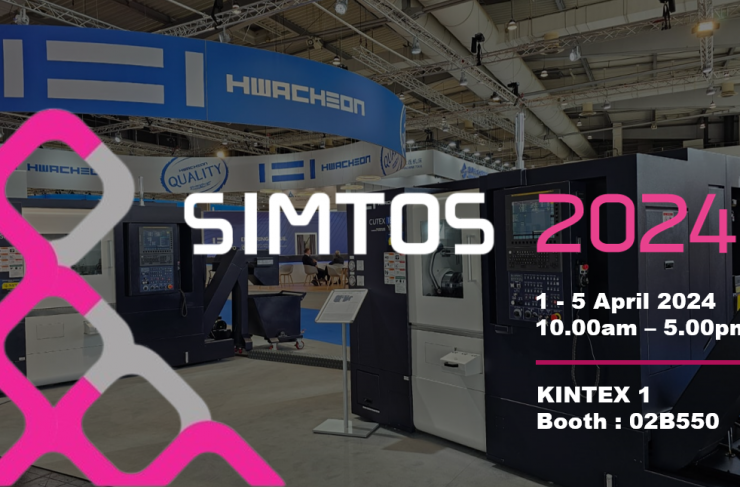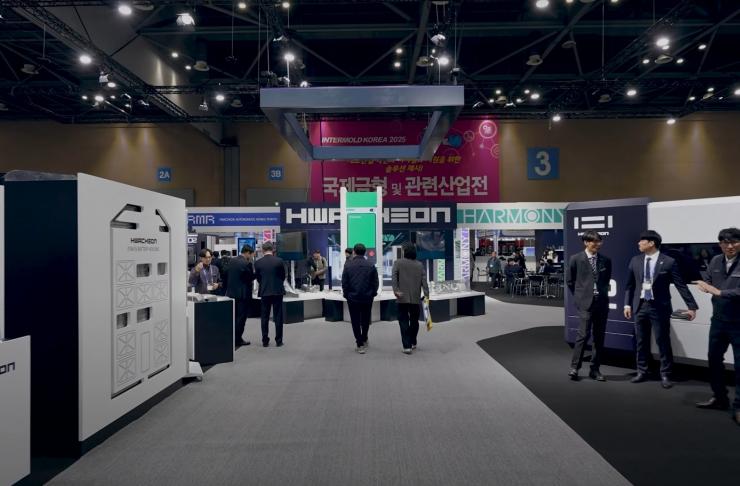CNC AUTOMATION - WHAT YOU NEED TO KNOW

In today’s fast-paced manufacturing environment, automation has become a crucial aspect of CNC machining. Done well, CNC automation can revolutionise your factory
operations and optimize its efficiency.
However, incorporating automation into CNC machining can be a complex and challenging process. It often requires careful planning and
implementation to ensure success.
When it comes to automating your CNC machine tools, it is essential to consider various factors and to have a well-thought-out strategy
in place. The big question isn’t whether to automate, but rather what and how to automate effectively.
What is CNC Automation?
CNC automation transforms how CNC machine tools are used in the production process. By reducing human intervention, it increases your shop floor productivity, reduces costs,
improves your working environment, and strengthens the overall quality of your products.
The first aspect of CNC automation is the transfer of workpieces or pallets through the manufacturing process. This involves moving them from one machine tool to another or to
supportive devices like washing stations or measuring cells.
By doing so, you can streamline your manufacturing process to make it smoother and more efficient, while utilising today’s down-time to increase production.
Another key aspect of CNC automation is the management of information and data. This includes updating production execution plans, optimising resource utilisation and
prioritising production orders. Doing so reduces errors and improves overall quality.
What to Automate in CNC Machining
Thinking of what you should automate in your CNC machining process? Typically, CNC automation is broken down into two main components: the physical movement of items,
and the streamlining of production planning and management.
#1 Automating Physical Movements
First, consider how you can deploy automated hardware to assist in physical movement and operations on your shop floor. Some of these activities include:
-
Transfers of parts which are mounted on pallets or work holding devices to and from the machine worktable.
-
Automated parts loading and unloading with the help of robots or mechanical arms onto fixtures.
-
Direct transferring workpieces to the machine table or chuck
-
Automated tool adjustments or changes
-
Gripper and tool changes in robots
-
Tool transfers to tool magazines
-
Workpiece movements to and from processes like deburring, washing, heat treatment, marking, polishing, and measuring.
-
Raw material management and transfers
-
Semi-finished product management and transfers
-
Easy transfer to measuring systems
The most important benefit in automating these tedious and laborious tasks lies in creating a better work environment for your machine operators. Beyond staff welfare,
automation helps to reduce errors, improve speed and efficiency, strengthen part quality, and raise production capacity.
#2 Automated Production Planning
Next, consider how you can deploy automation to streamline your production planning process. There are several aspects to consider here.
a) Information Flows
Automate how information flows between your different data systems, machinery, and cells. This keeps your systems in sync, reducing the chance of errors while improving
efficiency.
b) Dynamic Production Planning
Automation helps you to proactively update your production plan based on production orders and their priorities. Orders can be automatically fetched from an ERP system,
reducing manual inputs. This ensures that production always runs smoothly with orders fulfilled on time.
c) Improved Machine Operator Guidance
Adequate levels of guidance can be provided to operators. This helps them to take the right actions at the right time, minimising human errors and making the production process
easier for operators.
d) Consistent Production Handling
With automation, workpiece manufacturing instructions can be handled consistently. Each production run can be kept constant, with quality maintained.
e) Proactive Resource Management
Improved resource management is another important dimension of automation. These may be anything from fixtures, pallets, grippers, raw materials, to NC-programs, cutting
tools, tool data, and off-sets. By monitoring your machining resources and providing reports on any missing resources, production will not be impacted by resource shortages.
f) Monitor Machine and Production KPIs
Automation helps you to better manage the reporting and analytics of machine and production KPIs, such as their utilisation, Overall Equipment Effectiveness (OEE), and
availability. The system also provides order progress views, making it easier to track the progress of each order while ensuring that production runs smoothly. You can also gain
better visibility over your inventory and work-in-progress jobs.
g) Trace Production History
Finally, the right automation system helps you to record your production history and traceability. This helps to provide a clear picture of what has happened during each production
run, making it easier to identify and resolve any issues.

Benefits of CNC Automation
Should you invest time and money in automating your CNC machining processes? Consider these benefits.
#1 Enhanced Part Precision
Automated part handling results in consistent accuracy. With the right measuring systems in each CNC machine, you can accurately find each part reference point and adjust the
CNC programmes accordingly.
#2 Shorter Lead Time
By constantly keeping your production running with unmanned operations, you can enjoy shorter lead times. The flexibility to produce parts on demand enables you to achieve fast
turnover times for urgent orders.
#3 Reduced Setup Time
With less manpower required for individual machine operations, part handling and setup is done at designated loading stations without any disruption to the production line.
#4 Decreased Cycle Time
Operations can be synchronised in overlapping runs, allowing two or more different machines to perform operations simultaneously.
#5 Lower Cost per Part
Enjoy significant cost savings from transitioning to 24/7 operation, as well as reduced downtime and shorter loading/unloading processes.
#6 Space Savings
Consolidating machining operations with automated solutions leads to less floor space being used.
#7 Unmanned Operation
Reduce your manpower costs as a single system can be managed by a single operator.
#8 Improved Machine Monitoring
Reports on machine efficiency can be received and the system can be monitored remotely, even during overnight hours.
#9 Simplified Fixtures
Save your production costs by eliminating complex fixtures.
#10 Efficient Tool Usage
Automation helps you to save on tooling costs by eliminating tooling redundancy.
#11 Increase Worker Safety
The work environment is made safer, especially for the movement of heavy workpieces.




